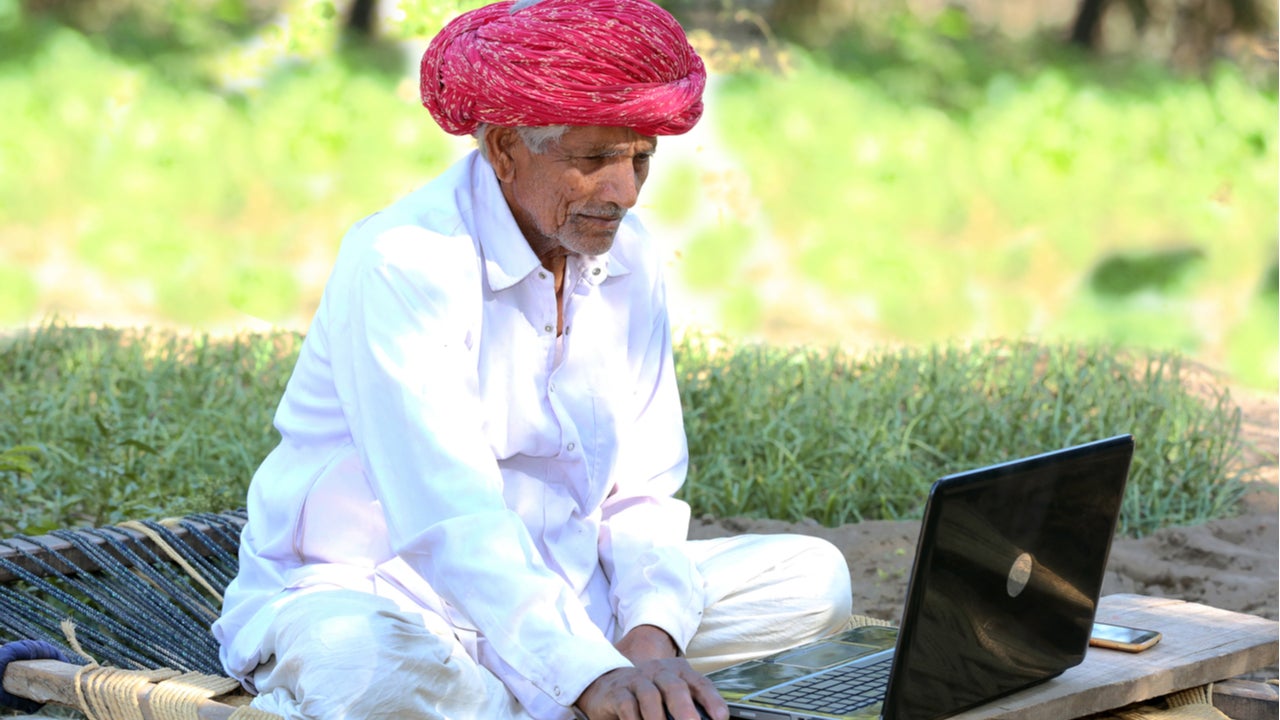
India is the world’s second-most populous country, with over 1.3 billion people, and localization is key to cracking this vast market. In 2020, India had a smartphone penetration of 43%. By 2026, 65% of the population will have a mobile internet subscription, equivalent to more than 900 million people.
Indians have adopted digital ways of socializing, watching movies, and listening to music, with the Covid pandemic only increasing the adoption. As a result, there are enormous opportunities for global social media networks, virtual assistant providers, and music and video streaming services.
The Indian population is diverse in terms of languages, dialects, and accents. Millions of Indians speak English as a second language, but they prefer to communicate in regional languages. For the foreign tech and media players, relying on English to reach Indian consumers is ineffective. The foreign players have to adapt to the diversity of the Indian market.
When in India virtual assistants speak Indian
Google and Amazon are spending huge amounts of money to localize their Indian services. Google, the most popular search engine, lets users search and view results in five vernacular languages. In addition, Google has added voice search capability for Hindi and eight additional Indian languages to Android smartphones.
Amazon has also taken similar steps. For example, its voice assistant Alexa started speaking Hindi in 2019. More recently, Amazon collaborated with Bollywood celebrity Amitabh Bachchan to add his voice to Echo devices in English and Hindi.
Google and Amazon’s conversational platforms also support Indian English, having been trained to understand and respond to the Indian accent.
How well do you really know your competitors?
Access the most comprehensive Company Profiles on the market, powered by GlobalData. Save hours of research. Gain competitive edge.

Thank you!
Your download email will arrive shortly
Not ready to buy yet? Download a free sample
We are confident about the unique quality of our Company Profiles. However, we want you to make the most beneficial decision for your business, so we offer a free sample that you can download by submitting the below form
By GlobalDataLocalization must be a core strategy
For the global media players, providing Indian content is vital to stay relevant in the competitive environment. Amazon Prime Video and Netflix have both increased the volume of content in Hindi and other local languages. They are creating a library of Indian original series to compete against local players like Hotstar, Zee5, and SonyLIV. Netflix, for example, launched 28 Indian originals (17 films and 11 shows) in 2020 and plans to roll out more than 40 Indian movies and shows in 2021.
Spotify, a late entrant in India’s music streaming market, has also placed localization at the core of its strategy. It was launched in 12 Indian languages, including Hindi, in 2019 to compete against Reliance Industries’ JioSaavn and the Times Internet-owned Gaana.
Social media is tailored for better reach
India is the biggest single market for Facebook. So even though no Indian player can compete against its platforms – Facebook, WhatsApp, and Instagram – it has to include Indian languages to reach a larger number of users.
Both Facebook and WhatsApp are available in 11 Indian languages. Facebook offers localization with translation applications for regional Indian languages. In addition to this, Facebook has included local languages to tackle misinformation. For example, amid the pandemic, in June 2021, it partnered with third-party fact-checkers to understand and curb health-related misinformation on the platform in 11 Indian languages.
India will be one of the largest markets for the big global tech and media players. To succeed in the face of competition from domestic providers, companies will have to embrace localization to include Indian languages and Indian-made content.





Related Company Profiles
Google LLC
Spotify AB
Meta Platforms Inc
Netflix Inc
Amazon.com Inc